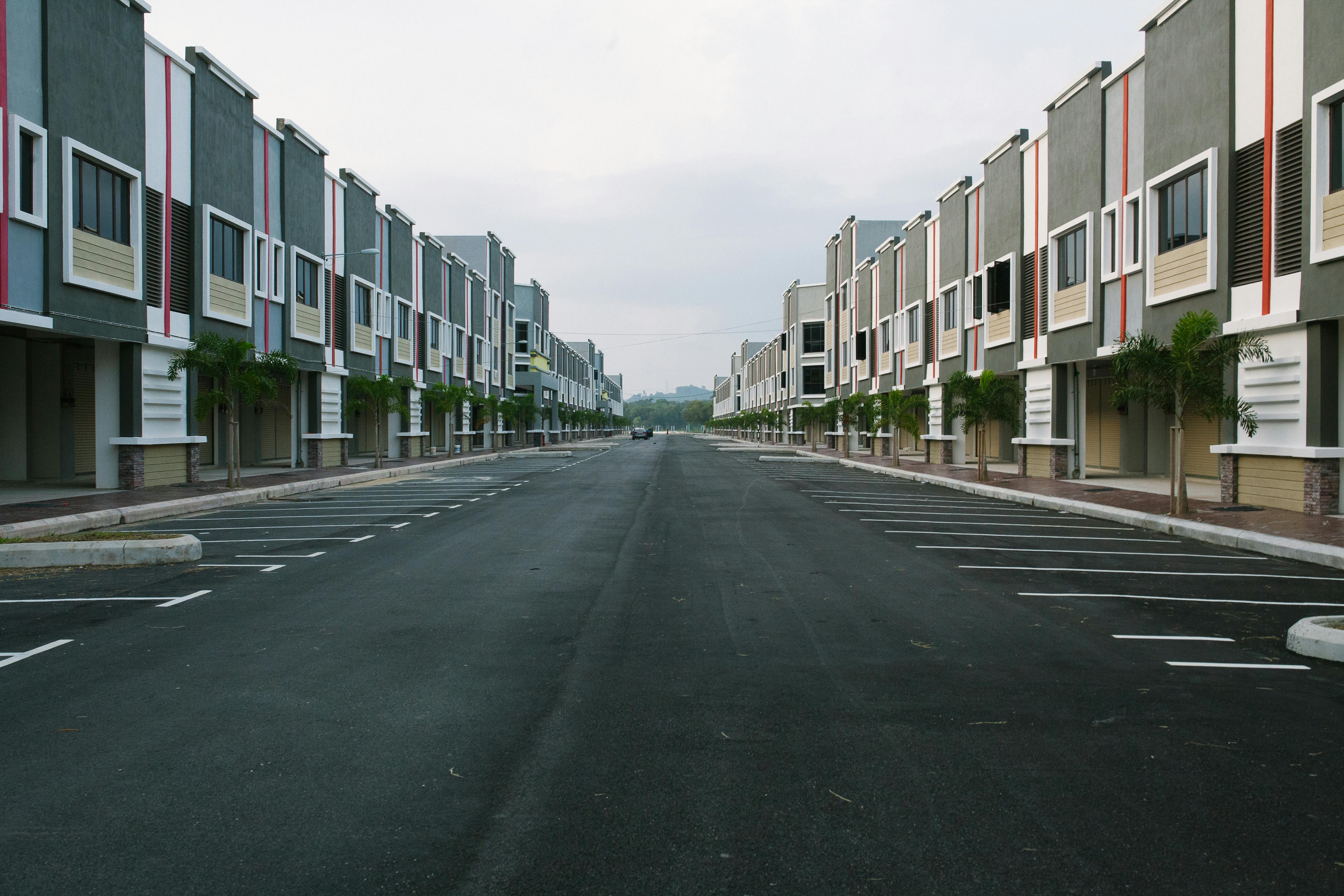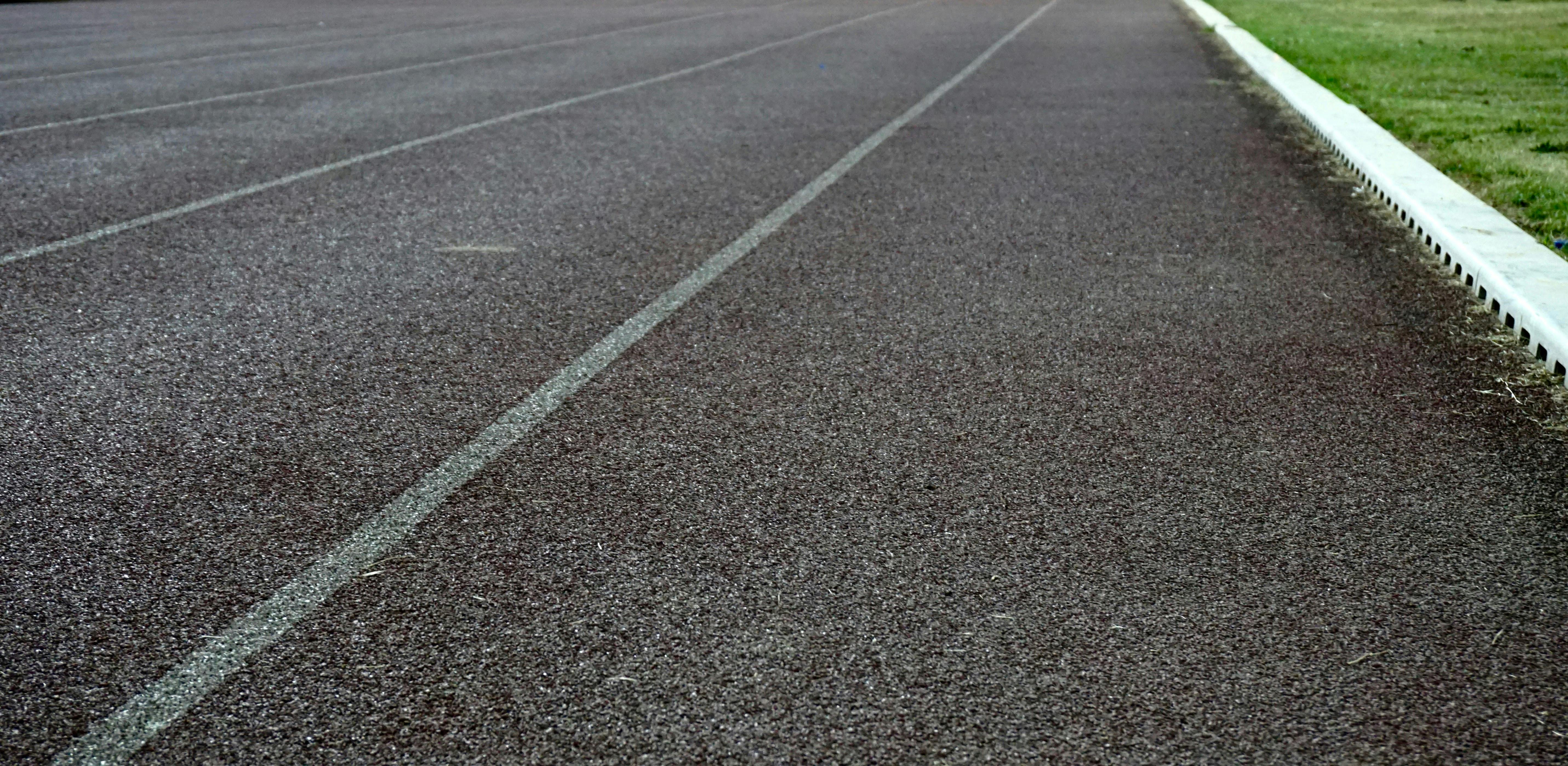
Sand Backwash and Pool Filters DE, How to Operate a Pool Filter
admin
- 0
Filtration is one of the most important factors in your pool’s circulation system to keep it clean. There are three types of pool filters available to pool owners. Sand filters, cartridge filters and DE filters. It is important to know what filter you have in your pool and how to maintain and operate it. Each of these pool filters has its own advantages and disadvantages. With any pool filter you choose, it’s important to consider the proper size. The proper size refers to the volume of the pool and the size of the pool pump.
Sand filters:
Sand filters work by pushing water through a bed of sand to the sides. Sand filters generally have the advantage of being reliable and easy to operate. Sand filters are capable of continuously filtering water without turning off the pump for days on end. As long as proper water balance is maintained along with regular cleaning cycles, the sand inside the filter will be good for up to 10 years. If you are having trouble keeping the water clean and clear, change the sand as a last resort, it is probably caused by other problems in the pool chemistry.
Backwashing of your sand filter:
When the filter gets dirty, it will build up pressure, and you can see it on the pressure gauge. When the gauge reads about 5-7 PSI above normal operating pressure, you know the filter is dirty and it’s time to backwash. Backwashing is an easy process. Backwashing is done by first turning off the pump. Note: Always turn off the pump while moving the filter multiport valve. Once the pump is off, turn the multiport valve on the filter from the ‘filter’ position to the ‘backwash’ position. Once the filter is in the backwash position, turn the pump back on. The pump then pours the water through the sand. Dirty water is sent down the waste line (usually to the patio). High concentrations of chlorine can kill grass, so it is important to know what the chlorine level is in your pool during backwashing. A range of 1 to 2 ppm should be safe to avoid killing grass. Once the water coming out of the drain line changes from dirty to clean (it may take up to 3 minutes), turn off the pump. Once the pump is off, move the multiport valve from the backwash position to the rinse position. Turn the pump back on and let it run for about 20 seconds. Then turn off the pump and move it to the filter position.
Let’s recap the backwash steps:
Filter position->Pump off->Backwash position->Pump on for 2 min. -> Pump off -> Rinse position -> Pump on for 30 seconds -> Pump off -> Filter position
Diatomaceous Earth Filters:
Diatomaceous earth filters use grids coated on the inside with diatomaceous earth or DE for filtration. DE filters have the advantage of filtering even the finest or micron particles. However, they have been considered the most complicated to operate. For a DE filter to work properly, it needs to be off for about 4 hours every day. This is to allow the DE to fall out and re-coat when the pump comes back on.
Backwashing of a DE filter:
Like sand filters, they also require backwashing when the pressure rises to about 6 pounds above normal operating pressure. After backwashing, you must re-coat the filter screens with DE again. This is done by feeding DE through the skimmer to be pumped into the filter tank. DE is a white powdery substance that must be purchased at a pool store. About twice a year the DE filters should be removed and the grids cleaned. Most DE filters have a multiport valve that is used for backwashing. Backwashing is an easy process. Backwashing is done by first turning off the pump. Note: Always turn off the pump while moving the filter valve. Once the pump is off, turn the multiport valve on the filter from the ‘filter’ position to the ‘backwash’ position. Once the filter is in the backwash position, turn the pump back on. The pump then returns the water through the grids. Dirty water with old DE is wasted outside the drain line (usually in the yard). High concentrations of chlorine can kill grass, so it is important to know that the chlorine level in the pool is low during backwashing. Once the water coming out of the drain line changes from dirty to clean (it may take up to 3 minutes), turn off the pump. Once the pump is off, move the multiport valve from the backwash position to the rinse position. Turn the pump back on and let it run for about 20 seconds. Then turn off the pump and move it to the filter position. Now it’s time to refill the DE in the tank. Check the filter label for the proper amount of DE to add, it should state how many pounds are required for one refill. Turn the pump back on and head to the pool skimmer. Add the recommended number of pounds to the skimmer slowly. It is best to make a slurry in a bucket and then slowly pour it into the skimmer to prevent clogging. At this point, it’s a good idea to take a look at the return line in the pool to make sure the DE is trapped in the filter. If you have white powder spraying the return jets into the pool, then you know you have a problem with your screens or the valve is in the wrong position.
Let’s recap the backwash steps for a DE filter:
Filter position->Pump off->Backwash position->Pump on for 2 min. ->Pump off -> Rinse position-> Pump on for 30 seconds -> Pump off -> Filter position-> Pump on->Recharge filter with DE from skimmer

